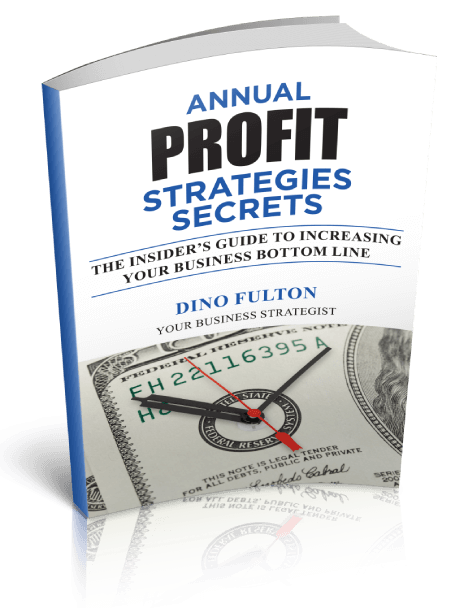The last few posts have talked about how to multiply the resources that you’ve worked hard to maximize. So far we’ve covered:
- Call in the Troops
- Bring ‘Em Out of the Woodwork
- Black Sheep Clients
- Olympic-Size Sales Staff
- Open Water Fishing
- Call for Back-Up
- Go Big Online
- Bartering with the Best
- Give Away the Farm
Today we’ll finish up this series with the last three ways to multiply your maximized resources. We’ll cover:
- Finding Your Pot of Gold
- Stay at the Top of Your Game
- Wealth from the Inside Out
These areas are all key to keeping up the momentum you’ve found in making what you have work harder for you.
Finding Your Pot of Gold
You must always have a goal you’re working toward in order to stay on course. Your goal needs to be something you can attain and utilize your full potential. Don’t be afraid to aim high, just make sure you are clear on what your goal is and exactly what you need to do to get there. You need to continue to hold yourself accountable to your goal and raise the bar as you accomplish the steps to your goal.
Stay at the Top of Your Game
Once you’ve mastered these areas, you need to make sure you are staying competitive and constantly coming up with new ways to use your new tools. Don’t rest on one success when there are more on the horizon. To continue to be successful your business must continue to learn and revolve.
Wealth from the Inside Out
Wealth and riches are defined within yourself, not by your profits or the world beyond. You can use all these strategies in both your business and life to find a greater level of success. When you naturally reflect on who you are and what you mean, you will automatically attract the right people to you. This will happen in life and in business.
You are capable of reaching your goals as long as they are well-defined and a solid road is built for them.
Throughout the last seven lessons, we’ve talked about how to take a hard look at the resources you currently have right in front of you and maximize them to get the most out of what you already have. Then turning around and multiplying those maximized resources to take them to the next level.
If you need help with any of these areas, steps or processes, try our FREE test drive to gain access to our resources, tools, and business coaches-All there to help you succeed.



